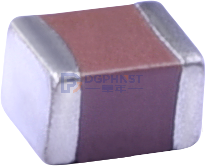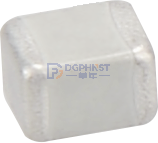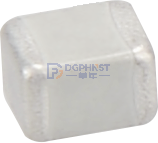Parasitic Inductive Noise Reduction Element (LCT)
Parasitic Inductive Noise Reduction (LCT) is a component that significantly suppresses high-frequency noise by using decoupling capacitors together to reduce the ESL inside the capacitor and the ESL generated inside the substrate. It has outstanding suppression effect on the high-frequency harmonic noise of several MHz to 1GHz caused by DC-DC converters and other power lines.
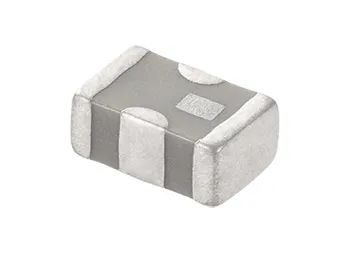
Product Overview
The Deparasitic Inductive Noise Reduction (LCT) element utilizes transformer technology to reduce the ESL inside the decoupling capacitor connected to the LCT and the ESL generated on the substrate (via, etc.) from the GND side terminal to the GND layer in the MLCC (multilayer ceramic capacitor). Thus, MLCC can effectively utilize its noise reduction performance and significantly suppress high-frequency noise.
Figure 1 compares the insertion loss characteristics of a 10uF MLCC single piece (black line) and when MLCC is connected to LCT (red line).
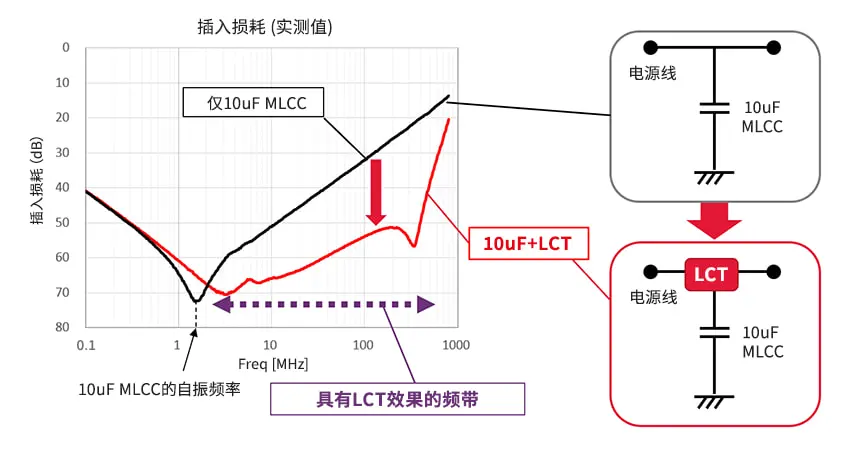
Figure 1 Noise Elimination Effect of LCT
By connecting LCT, the insertion loss increases in the frequency band higher than the natural frequency of MLCC. Thus, it has outstanding suppression effect on the high-frequency harmonic noise of several MHz to 1GHz caused by DC-DC converters and other power lines.
The principle of reducing ESL
The parasitic inductance noise reduction element (LCT) has two built-in coils inside the element. By bringing these two coils close together to form a combined transformer structure, negative mutual inductance (− M) is generated in the middle part of the two coils. By utilizing the ceramic multi-layer technology of Murata Manufacturing Institute, this negative mutual inductance achieves high-precision and stable M values.

Figure 2 Equivalent Circuit
In addition, the outer shell of the parts uses non-magnetic materials (dielectric materials), so there is no DC superposition characteristic, which can take stable noise reduction measures against current changes.
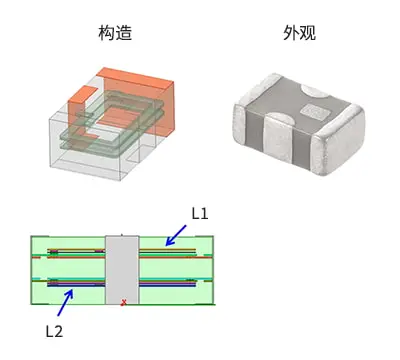
Figure 3 Internal structure diagram and exterior image
Decoupling capacitors allow power noise to flow towards GND, reducing noise. But there is ESL (L3) inside the capacitor. In addition, ESL (L4) is also generated between the capacitor and the GND layer due to through-holes and other factors. These ESLs reduce the performance of directing noise towards GND.
LCT can offset these ESLs through negative mutual inductance (− M). After the value of L3+L4 becomes equal to the M value, ESL is completely cancelled out, achieving ideal capacitor performance and allowing noise to effectively flow towards the GND layer.
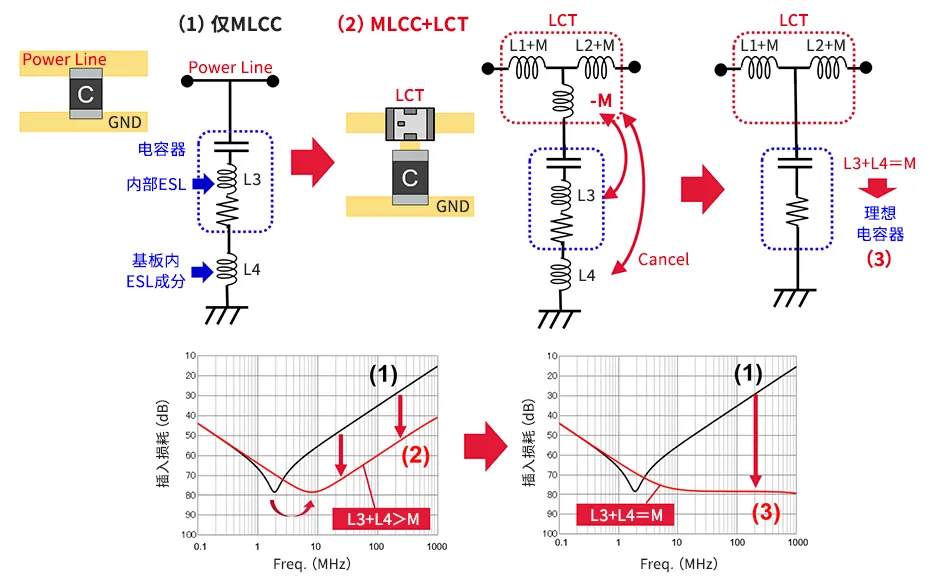
Figure 4 Noise reduction principle of LCT
The main advantages of LCT
The biggest advantage of parasitic inductance noise cancelling elements (LCT) is that they can take noise reduction measures with a small number of components (saving space and reducing costs).
Because the parasitic inductance noise cancelling element (LCT) can improve the noise cancelling performance of decoupling capacitors, it can take noise reduction measures with less MLCC. In addition, small capacity MLCCs used to reduce high-order harmonic noise can also be reduced.
Figure 5 is an example of a circuit that reduces MLCC by adding LCT. In this circuit, even after reducing 10 MLCC, the noise level is lower than the initial circuit. If it is a buck converter, LCT can effectively eliminate switch noise that leaks into the input power line.
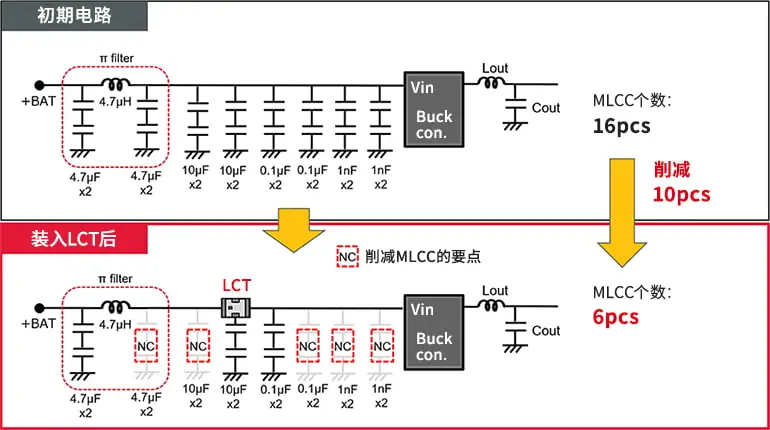
Figure 5: Circuit example of reducing MLCC by adding LCT
Figure 6 shows the comparison of conducted noise in the circuit example shown in Figure 5.
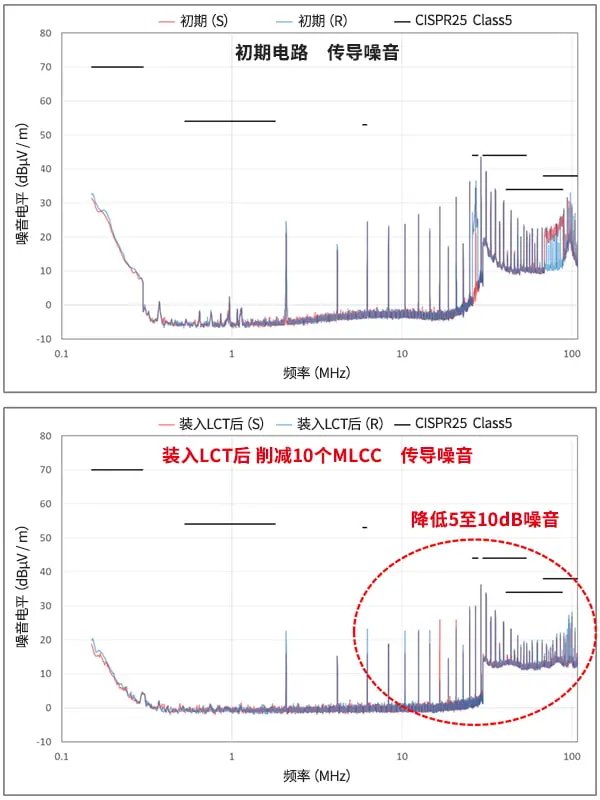
Figure 6 Comparison of noise levels between the initial circuit and the installation of LCT in Figure 6
From the graph, it can be seen that adding LCT can still reduce noise even by reducing 10 MLCCs. Especially in frequencies ranging from 20 to 108MHz, including FM radio frequency bands, the effect is significant.
Figure 7 is an example of the use of a driving recorder. Similar solutions can also be practically applied to electronic rearview mirrors, driving recorders, and toys.

Figure 7 significantly reduces MLCC and noise by using LCT.
Main uses
Parasitic inductance noise reduction elements (LCT) can be used for the following products that are trapped in power supply noise:
Livelihood equipment: cameras, game consoles, toys, Digital Audio, Wi Fi routers, laptops;
Industrial equipment: servo amplifiers, camera sensors, control boards (CPU power lines), base stations, servers, optical transmission devices;
Vehicle equipment: Murata is currently developing LCTs for high current and vehicle level LCTs [please consult Murata for usage details].
Health and medical equipment: [For details on usage, please consult Murata]


